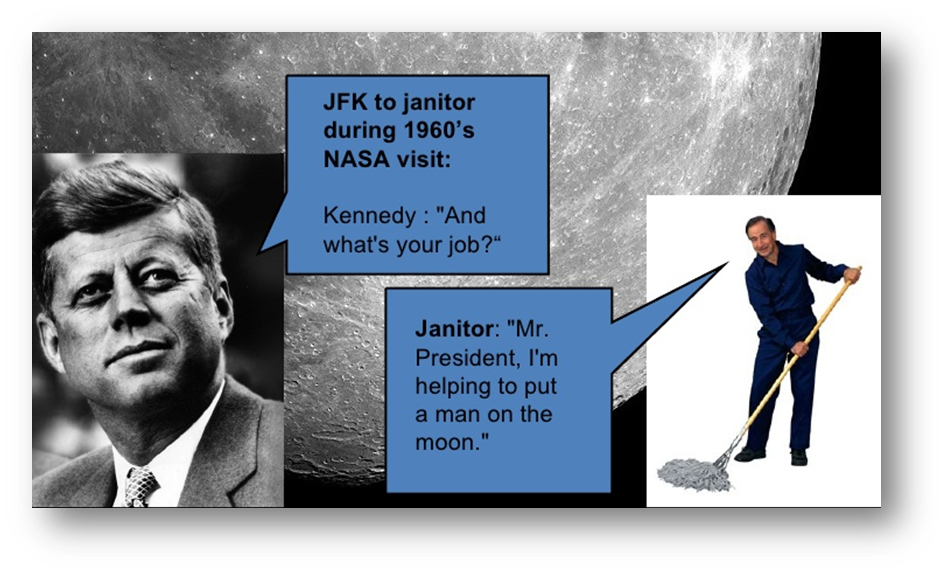What do Uber, Wells Fargo, Ford, Fidelity, Volkswagen, and dozens of other companies around the globe have in common? They have all faced serious blow-back in recent months over organizational issues stemming from toxic corporate cultures that result in adverse media attention, negative public sentiment, online protests, ousted executives, reduced sales, and damaged company reputations.
The importance of a healthy corporate culture is no secret among executives. Companies with highly developed corporate cultures spend, on average, $350 million less annually fixing embarrassing mistakes and playing public relations catch-up. Yet even with a litany of organizational transformation self-help books and other organizational risk management (ORM) tools at their disposal, companies’ attempts to address toxic cultures continuously fall flat.
Traditional approaches to create effective corporate cultures or address toxic environments are inadequate when trying to create long-lasting, positive organizational transformation. The truth is, corporate culture doesn’t change overnight. Just like changes in societies, it takes years to fully realize changes in a company’s culture. Yet corporate executives attempt to adjust the culture within their organizations instantaneously. This approach imposes a one-size-fits-all mentality throughout the organization, which does not account for differences in identity across the organization.
Successful organizational transformation requires a much more targeted approach that aligns organizational values, identity, and beliefs of its employees. At the core of any organization are the identities that ultimately define the company culture, which are often overlooked. Identity defines how one sees oneself and the world. It is influenced by personal factors, like age, religion, ethnicity, gender, nationality, and political affiliation, as well as situational and environmental factors.
The focus, therefore, should be on strategic shifts to individual and subgroup identities rather than broad cultural change. Unlike culture, identities change often and immediately, based on different situational and environmental factors. Although employees come with their own histories, personalities and values, they often adopt the identity that defines their unit, branch, or division within the organization. In this way, each organization sub-group develops its own sub-culture, which may or may not align with the desired company culture.
“Companies that can identify and shape identity are able to reboot corporate culture from the bottom up.”
Misaligned identities and sub-cultures, and subsequent adverse behaviors, represent the principle source of organizational failure. Individual and group identities drive behavior, which in turn defines company culture. Executives often assume that company vision and published mission statements will nurture a shared set of values and shape desired behaviors among employees. They underestimate the power of individual and group identities, which influence behavior more heavily than management’s objectives.
Cultivating a shared sense of purpose is crucial. When a company’s vision or mission statement fails to outline a common purpose for all employees, desired behaviors are not fully adopted, often leading to damaging consequences. One misaligned activity, public statement or online post can single-handedly destroy the culture of an entire organization. Harvey Weinstein of the Weinstein Company, Travis Kalanick of Uber, and John Schnatter of Papa John’s are all clear examples.
“Individual identities define company culture – not the other way around.”
 On the other hand, companies able to define a common purpose that appeals to a common identity within an organization can successfully influence behavior and build a stronger organizational culture. For example, during a visit to NASA, President Kennedy asked a janitor “what’s your job?” He replied, “Mr. President, I’m helping put a man on the moon.” Employees need to see their work as part of a greater purpose beyond job titles or their roles and responsibilities.
On the other hand, companies able to define a common purpose that appeals to a common identity within an organization can successfully influence behavior and build a stronger organizational culture. For example, during a visit to NASA, President Kennedy asked a janitor “what’s your job?” He replied, “Mr. President, I’m helping put a man on the moon.” Employees need to see their work as part of a greater purpose beyond job titles or their roles and responsibilities.
Identity analysis is the key to successful organizational transformation. It pinpoints the specific identities that shape employee behavior and the overall company culture. Moreover, identity analysis informs a strategy that cultivates a culture of inclusion, accountability, and transparency, which simultaneously addresses employees’ underling grievances and desires. Most importantly, it organizes the company around an achievable purpose to ensure internal communications strategies are having the desired effect on employee identities and behaviors.
Companies that continue to rely on outdated approaches to change their culture or address toxic environments will fail in today’s business environment. Offensive marketing campaigns and public relations follies trigger employees to air their grievances on social media platforms – revealing internal organizational problems that compound negative external perceptions. Identity analysis provides a targeted, bottom-up approach to identify dysfunctional aspects within an organization before they become problems. This enables companies to shape the individual and group identities within the organization to create a common purpose that motivates employees, safeguards companies’ reputations, and saves valuable time and resources.

